Lake of Fire is a american film of genre Documentary directed by Tony Kaye released in USA on 3 october 2007
Lake of Fire (2006)
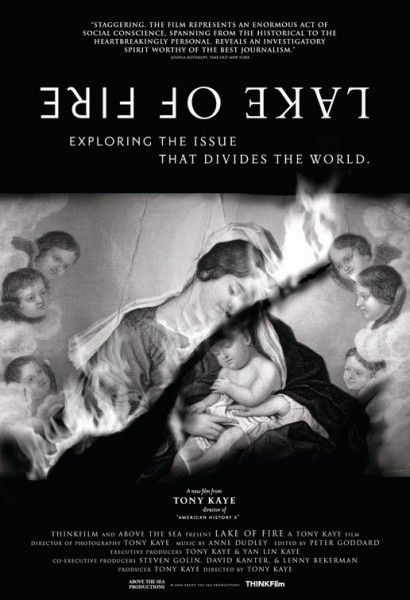
If you like this film, let us know!
- Infos
- Casting
- Technical infos
- Photos
- Videos
- Film quotes
- Characters
- Music
- Awards
Released in USA 3 october 2007
Length 2h32
Directed by Tony Kaye
OriginUSA
Genres Documentary
Themes Pregnancy films, Films about sexuality, Documentaire sur une personnalité, Documentary films about health care
Rating81%










Lake of Fire is a 2006 documentary film directed by Tony Kaye that graphically depicts abortion in the United States. It features Noam Chomsky, Peter Singer, Alan Dershowitz, Nat Hentoff and Randall Terry.
The documentary was filmed entirely in black and white. It opened in September 2006 in Toronto.
Comments
Leave comment :
Suggestions of similar film to Lake of Fire
There are 3 films with the same director, 8965 with the same cinematographic genres, 9915 films with the same themes (including 14 films with the same 4 themes than Lake of Fire), to have finally 70 suggestions of similar films.If you liked Lake of Fire, you will probably like those similar films :
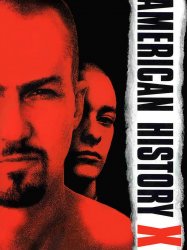
American History X (1998)
, 1h59Directed by Tony Kaye
Origin USA
Genres Drama, Crime
Themes Films about families, Prison films, Films about racism, Films about sexuality, Rape in fiction, Skinheads, Gangster films
Actors Edward Norton, Fairuza Balk, Edward Furlong, Stacy Keach, Elliott Gould, Avery Brooks
Rating83%





Danny Vinyard (Edward Furlong), a high school student and budding neo-Nazi in Venice Beach, California, receives an assignment from Mr. Murray (Elliott Gould), his history teacher, to write a paper on "any book which relates to the struggle for human rights". Knowing Murray is Jewish, Danny writes his paper on Adolf Hitler's Mein Kampf. Murray attempts to get Danny expelled for doing this, but Principal Dr. Bob Sweeney (Avery Brooks) — who is black — refuses, instead informing Danny that he will study history and current events under Sweeney, and that the class will be called "American History X". Danny's first assignment is to prepare a paper on his brother Derek (Edward Norton), a former neo-Nazi leader who has just been released from prison after serving three years for voluntary manslaughter. Danny is warned that failing to submit the paper the next morning will result in his expulsion. The rest of the film alternates between a series of vignettes from Danny and Derek's shared past (distinguished by being shown in black and white), and present day events (shown in color).
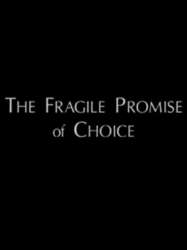 , 57minutes
, 57minutesDirected by Dorothy Fadiman
Origin USA
Genres Documentary
Themes Pregnancy films, Films about sexuality, Documentary films about historical events, Documentaire sur une personnalité, Documentary films about politics, Documentary films about health care, Political films
Rating66%






After Tiller (2013)
, 1h27Origin USA
Genres Drama, Documentary
Themes Pregnancy films, Films about sexuality, Documentaire sur une personnalité, Documentary films about health care
Rating73%





The film follows the daily work and lives of doctors LeRoy Carhart, Warren Hern, Shelley Sella, and Susan Robinson, the only four doctors in the United States who openly perform late-term abortions after the 2009 assassination of Dr. George Tiller.

Spin (1995)
, 56minutesGenres Documentary
Themes Pregnancy films, Films about sexuality, Documentary films about historical events, Documentaire sur une personnalité, Documentary films about politics, Documentary films about health care, Political films
Actors Jon Voight, Larry King
Rating78%






Genres Documentary
Themes Pregnancy films, Films about racism, Films about sexuality, Documentary films about racism, Documentary films about law, Documentaire sur une personnalité, Documentary films about health care
Rating76%





The title comes from the Swahili term "maafa," which means tragedy or disaster and is used to describe the centuries of global oppression of African people during slavery, apartheid and colonial rule, while the number "21" refers to an alleged maafa in the 21st century (though beginning in the 19th), which the film says is the disproportionately high rate of abortion among African Americans. The film states that abortion has reduced the black population in the United States by 25 percent. It discusses some of Planned Parenthood's origins (formerly the American Birth Control League), attributing to it a "150-year-old goal of exterminating the black population." It attacks Margaret Sanger, along with other birth control advocates, as a racist eugenicist. The film features conservative African Americans who are associated with the Tea Party movement, including politician Stephen Broden, and Martin Luther King, Jr.'s niece Alveda King, who claims that Sanger targeted black people.
 , 57minutes
, 57minutesDirected by Dorothy Fadiman
Origin USA
Genres Documentary
Themes Pregnancy films, Films about sexuality, Documentaire sur une personnalité, Documentary films about health care
Actors Dorothy Fadiman
Rating72%






180 (2011)
, 33minutesOrigin USA
Genres Documentary, Fantasy
Themes Pregnancy films, Films about sexuality, Documentaire sur une personnalité, Documentary films about health care
Rating53%





The film begins by showing images of the Holocaust, and stating that Hitler sanctioned the killing of 11 million people. This is followed by Comfort interviewing people about Adolf Hitler; their responses indicate a lack of historical knowledge, although he also finds a neo-Nazi who claims to love Hitler. Comfort proposes a hypothetical situation to his interviewees, asking if they would kill Hitler if they had the opportunity at that time in history. He asks more hypotheticals dealing with what his interviewees might do in other circumstances related to the Holocaust.
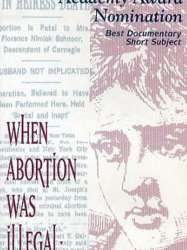 , 28minutes
, 28minutesDirected by Dorothy Fadiman
Origin USA
Genres Documentary
Themes Pregnancy films, Films about sexuality, Documentary films about historical events, Documentaire sur une personnalité, Documentary films about health care
Rating67%





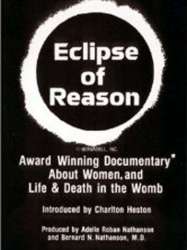
Eclipse of Reason (1987)
, 27minutesOrigin USA
Genres Documentary
Themes Pregnancy films, Films about sexuality, Documentaire sur une personnalité, Documentary films about health care
Actors Charlton Heston
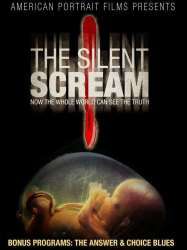
The Silent Scream (1984)
, 28minutesOrigin USA
Genres Documentary
Themes Pregnancy films, Films about sexuality, Documentaire sur une personnalité, Documentary films about health care
Rating51%





Dans ce film, Bernard Nathanson, ancien avorteur repenti, sert à la fois d'expert médical et de narrateur. Il décrit les événements de l'avortement « du point de vue de la victime ». Le film compile une série d'images floues de nature échographique. Nathanson montre au grand public les instruments utilisés pour un avortement typique et prétend que la tête, même à la gestation de 12 semaines, sera trop grande pour entrer dans le dispositif d'aspiration ; il montre alors comment les forceps sont utilisés pour écraser le crâne, où les ondes cérébrales, d'après lui, ont été actives pendant six semaines.
 Connection
Connection